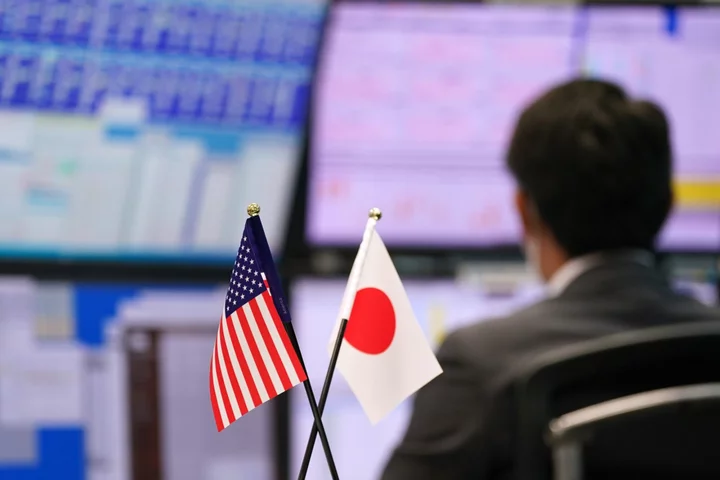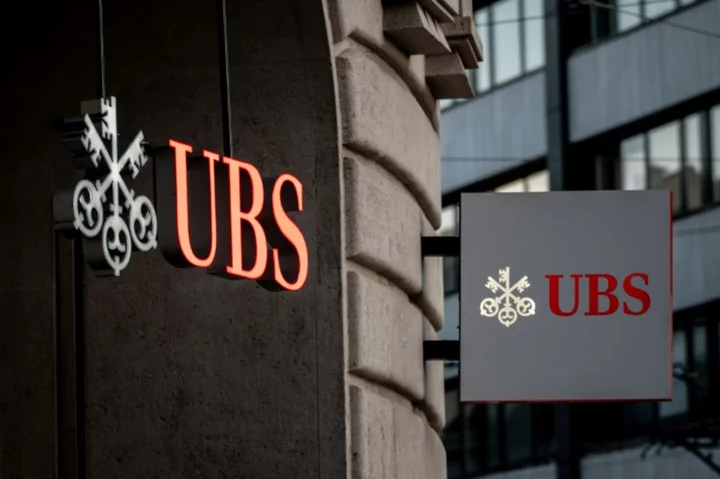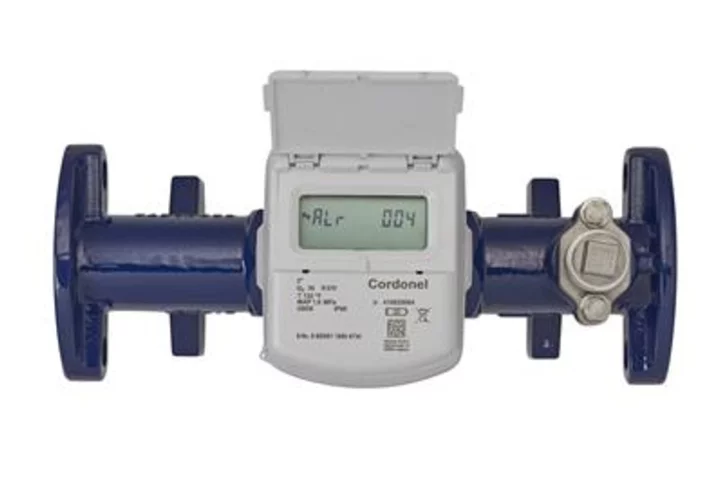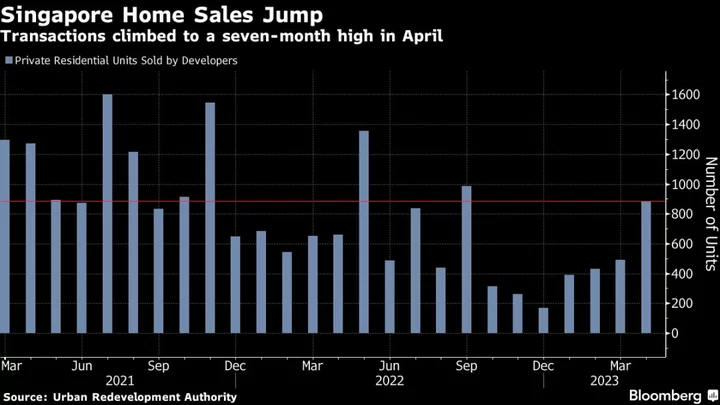The yen slumped on Wednesday to levels that saw Japan intervene in the currency market last year amid a persistently wide interest-rate gap between the US and Japan.
The currency reached as weak as 145.93 per dollar, around the level that saw authorities wade in last September. It has fallen about 5% in the past month amid a broadly stronger dollar, rising US Treasury yields and spillover from growing concern about China’s economic woes.
“The yen is caught in the weak yuan orbit,” said Steven Englander, head of global G-10 FX research and North America strategy for Standard Chartered Bank. “US yields running higher is the big driver.”
While Finance Minister Shunichi Suzuki said Tuesday that he’s watching market trends with a “sense of urgency,” traders and government officials appear to see the speed of movements as more important triggers than specific levels. That view was echoed by Jane Foley, a senior foreign-exchange strategist at Rabobank.
“It is likely that the pace of any further move higher in USD/JPY will have a bearing on whether the Ministry of Finance would take action before 150,” Foley said.
The dollar-yen pair could hit 147-148, given the current momentum and China’s ongoing struggles to boost its economy, according to Bipan Rai, CIBC’s global head of foreign-exchange strategy. Intervention is a risk, but it’s impact will be transient and only policy changes, including shift away from the yield control, can bring lasting upside to the yen, he said.
Bank of Japan Governor Kazuo Ueda surprised many investors last month in a post-policy meeting press conference by saying that foreign exchange volatility had been a factor in the BOJ’s decision to adjust its monetary program. The policy tweak effectively lifts the cap on 10-year bond yields to 1% from 0.5%.
While the intervention debate grows, the options market remains on the sidelines. One-week implied volatility in dollar-yen, a gauge of expected movement in the currency pair over the period, slipped to 8.15%, near the lowest level this year.
That signals option traders see little chance of intervention even as the yen reached the level that saw authorities step in in last September — or that they hold the view that Japan entering the market wouldn’t be too disruptive.
Even if the Ministry of Finance decides to intervene in the market, which it does by directing the BOJ to buy and sell currencies, there is no guarantee that it would stem the slide.
After initially rallying following intervention in September last year, the yen weakened further, as far as 151.95 per dollar, which spurred two more interventions in October before the trend started to change. The three interventions cost about 9 trillion yen, or about $62 billion at the current exchange rate.
“That the dollar is up against all currencies in the last month, also means the yen is less being singled out for weakness, and is another reason for the BOJ to not be too hasty in intervening,” said Alan Ruskin, chief international strategist at Deutsche Bank AG.
--With assistance from George Lei.
(Updates with market moves, add strategist comments, details)









